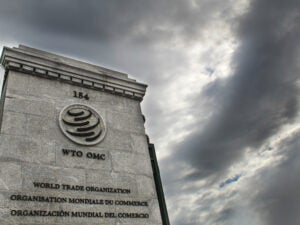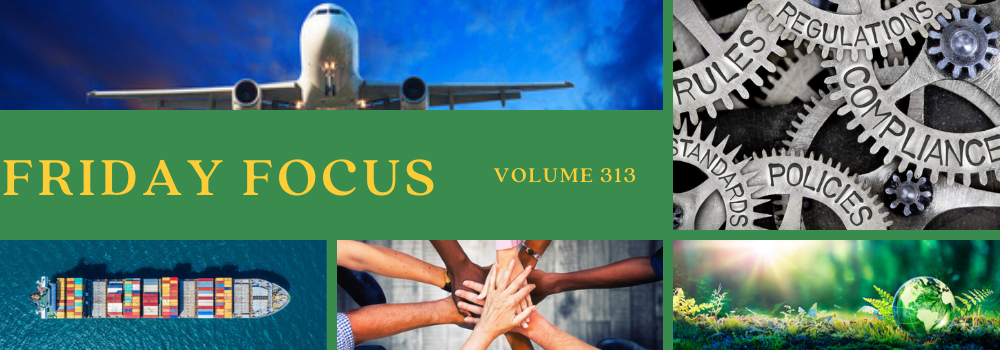Excerpts from a piece by Peter S. Rashish, who will moderate WITA’s upcoming event, We’ve Got a Deal for You! The U.S.-EU Mini Trade Negotiation. To register for this event please click
here.
The Inflation Reduction Act (IRA) approved by the U.S. Congress last August continues to provoke transatlantic frictions. The European Union has welcomed the climate investments in the IRA that will help the United States meet its net-zero commitments under the Paris Agreement. It is concerned, however, that the local content provisions in the bill’s $369 billion in subsidies for electric vehicle (EV) purchases not only violate World Trade Organization (WTO) rules but also favor U.S.-based producers and suppliers.
…The Administration has already taken steps to assuage European concerns. At the end of December, the U.S. Department of the Treasury issued updated guidance clarifying that U.S. consumers who lease (rather than purchase) imported European electric vehicles will be able to take advantage of the $7,500 in tax credits the IRA provides for “commercial vehicles,” which do not have to meet the stringent North American (United States, Canada, Mexico) requirements for the supply of battery components and critical minerals and as a location of final assembly.
By next month the department has also indicated that it will clarify one key aspect of the IRA with bearing on imports from the European Union, Japan, the UK, and other foreign automobile producers: the language in the bill that exempts imports of EV critical minerals from the North American origin rules if they come from countries with which the United States has a “free trade agreement.”
The Treasury Department has already pointed out that “the term ‘free trade agreement’ is not defined in the Inflation Reduction Act (or in any other statute).” That flexibility suggests there should be room to take steps to further reduce transatlantic tensions. One option could be to negotiate a new, plurilateral critical minerals or raw materials agreement among the United States, the European Union, and other economies. Such sectoral deals are normally allowed under WTO rules. Another approach would be to apply the term “free trade agreement” to the 48-member WTO Government Procurement Agreement that includes the EU and other key U.S. trading partners.
A third option would involve taking a more expansive view of what can and should lead to increased trade.
While the U.S.-EU Trade and Technology Council (TTC) launched in 2021 does not include new, de jure market access commitments through tariff reductions, it does commit the two sides to “promote U.S. and EU competitiveness and prosperity and the spread of democratic, market-oriented values.”
If the TTC can achieve its specific objectives—among them, strengthening transatlantic supply chains, forging common rules for artificial intelligence, and creating joint approaches to sustainable trade and decarbonization—it will lead de facto to more trade across the Atlantic. The end results of the TTC and a traditional free trade agreement (for example, the Transatlantic Trade and Investment Partnership launched in 2013 but never concluded) would then be similar, even if the means differ.








